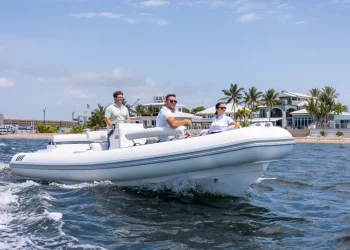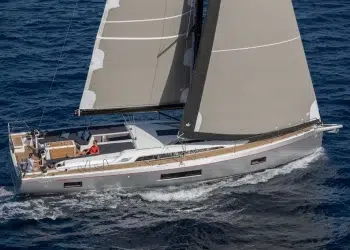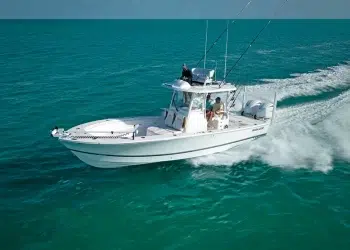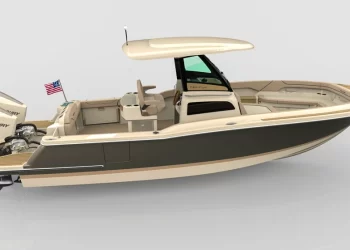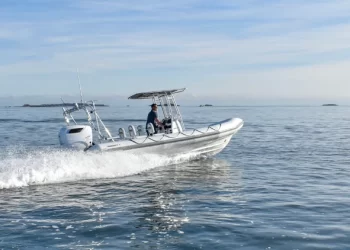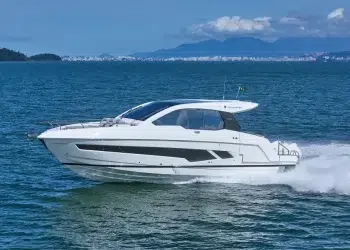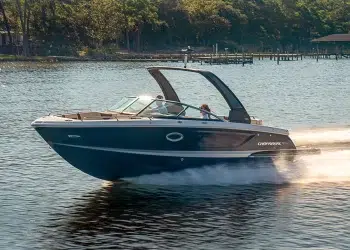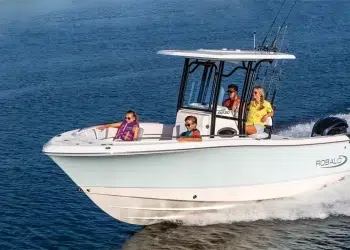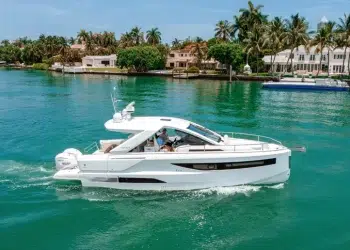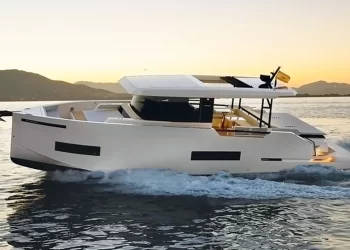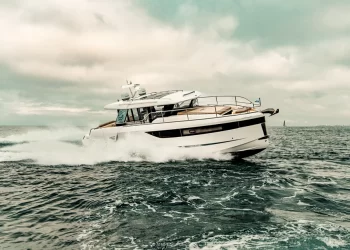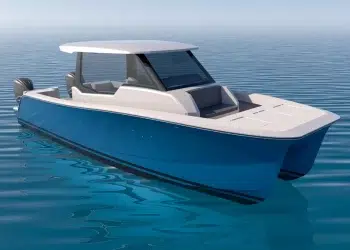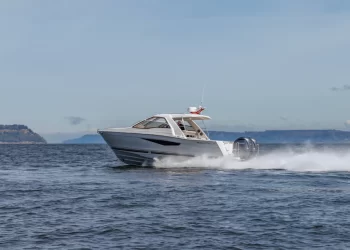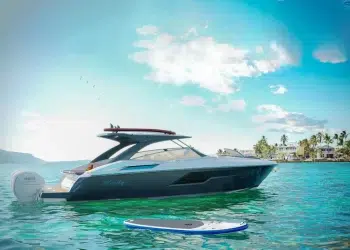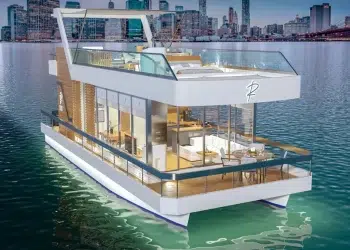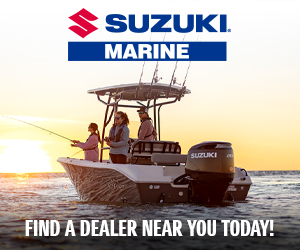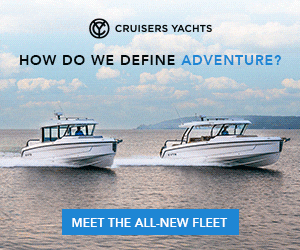Boats
You want boats? We got boats! From classic cruising boats to flashy center consoles boats, Southern Boating is your go-to place for the latest and greatest boats on the market. From center consoles to motoryachts, Southern Boating is the authority on warm-water cruising.
FLIBS Preview – Novurania Como 24
Novurania's New Como 24 Renews The RIB Look Novurania’s new Como 24 (24' LOA, 8' beam) was designed to renew...
Read moreDetailsFLIBS Preview – Beneteau With Two New Sailboats
The Excess 11 and Oceanis 51.1 There is no slowing Beneteau down in Fort Lauderdale with the introduction of two...
Read moreDetailsFLIBS Preview – Regulator Marine 30XO
Regulator Marine's Largest XO Series Model The 30XO is now the largest model in the popular XO Series from Regulator...
Read moreDetailsFLIBS Preview – Chris-Craft Catalina 28
Christ-Craft Expands Its Center Console Lineup Chris-Craft will be launching the Catalina 28, the latest to join the boatbuilder’s center...
Read moreDetailsFLIBS Preview – RIBCRAFT 7.8
RIBCRAFT Now With A Diesel Outboard RIBCRAFT, a builder of rigid-inflatable boats for recreational and law enforcement use, has redesigned...
Read moreDetailsFLIBS Preview – Schaefer Yachts’ 375
Schaefer Yachts 375 Brings Big Yacht Comfort Buyers looking for amenities and comforts found in larger models without the hassle...
Read moreDetailsFLIBS Preview – Chaparral Boats Introducing Two New Bowriders
The New 19 SSI OB and 267 SSX Chaparral is introducing two new bowriders for the outboard and sterndrive family...
Read moreDetailsFLIBS Preview – Robalo 246 and R230
Robalo Brings Two Boats Robalo Boats is staying busy with the redesign of the 246 Cayman and the all-new R230...
Read moreDetailsFLIBS Preview – Jeanneau DB/37 OB And The Leader 9.0 WA Series 2
Jeanneau Showcasing Two Boats at FLIBS Jeanneau is showcasing the new DB/37 OB, and the Leader 9.0 WA S2 for...
Read moreDetailsFLIBS Preview – De Antonio D50 Coupe
De Antonio Takes More Steps In The 50-Foot Range The new D50 Coupé from De Antonio takes a step forward...
Read moreDetailsFLIBS Preview – Wellcraft 435
A New Performance Cruiser Line Garroni Studio in Italy and naval architect Michael Peters teamed up to design the Wellcraft...
Read moreDetailsFLIBS Preview – HammerCat 35 HH
Hammer Yachts Designs a Walkaround Hammer Yachts designed a walkaround cuddy boat based on the same hull as its popular...
Read moreDetailsFLIBS Preview – Solara S-310 SC
Solara Creates Versatile Offerings The S-310 SC from Solara Yachts is a versatile offering for fishing, entertaining, or overnighting. The...
Read moreDetailsFLIBS Preview – Windy Boats Camira 40 RS
Windy Boats Modernizes Success The Windy Camira 40 RS has been modernized by the Swedish builder nearly a decade after...
Read moreDetailsFLIBS Preview – Reina Live L44 DR
Reina Boats Debuts "Houseyacht" Reina Boats is making the world debut of its new “Houseyacht” line with the Reina Live...
Read moreDetails

